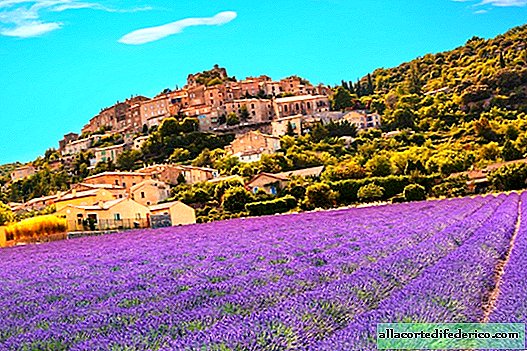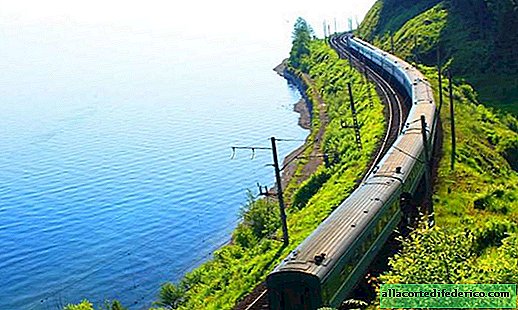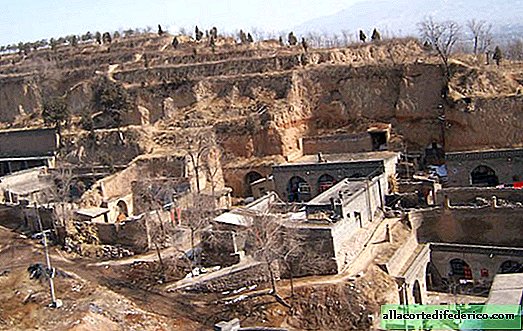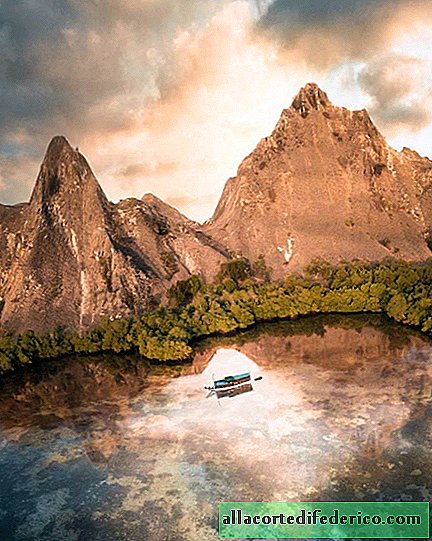The turn of Siberian rivers: why they are again talking about a forgotten project with optimism
The post-war years in the USSR went down in history as a period of large-scale transformations of nature. We built irrigation and shipping canals, giant dams, and also built reservoirs. Today we’ll talk about an unrealized project to transfer the flow of northern rivers to the Aral region, which has recently been recalled more often with undisguised enthusiasm.
The idea of building a canal from Siberia to the Aral region, which always needed water resources, was not really the fruit of Soviet science, they wrote about this in the 19th century. But specialists did not engage in detailed calculations until the 1950s, when it became clear that the water resources of the Aral-Caspian region would soon become insufficient. In the Asian republics of the USSR, plantations of cotton and other crops expanded, the population increased, so the project to transfer part of the Irtysh runoff to the Aral region was considered as the only way to solve the problem.
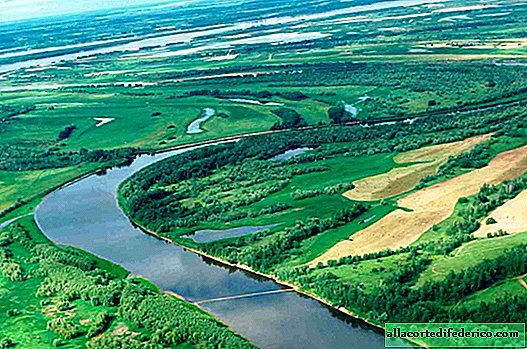
The design of the canal, which was supposed to become irrigation and navigable at the same time, was taken seriously. The customer of the work was the USSR Ministry of Water Resources. More than 150 scientific and design institutes were involved in the development of the project, and it took about 20 years. A tremendous amount of cartographic material and detailed engineering calculations were prepared.
According to the creators, the project was to be carried out in two stages. Initially, it was planned to build a canal called "Siberia - Central Asia", which would deliver water from the Ob to the south of Kazakhstan and Uzbekistan. The canal was supposed to be navigable, and its length was more than 2500 kilometers. At the second stage, it was planned to build 10 pumping stations and transfer the water of the Irtysh River to Kazakhstan, between the Amu Darya and Syr Darya rivers.

In 1976, an official decision was made to implement the project. But in the scientific community there were many opponents of this idea, who began an active campaign aimed at preventing construction. Authoritative experts made several expert opinions that pointed to the negative environmental consequences of the project.
Opponents of the plan pointed to a number of problems that would arise after the construction of canals. The main ones are: an increase in the salinity of the waters of the Arctic Ocean, which will lose part of the river runoff, the death of many fish species living in the Ob and Irtysh, changes in permafrost regime in the northern part of Western Siberia, salinization of the territory adjacent to the canal, and flooding of some lands during the construction of the reservoir .

Despite the fact that the project was supposed to solve the problem of fresh water and become the most important transport artery in the Aral-Siberian region, its construction was delayed in 1986. And this did not happen due to lack of funds or the beginning of state changes, but because the project was deemed inappropriate. Terrifying environmental prospects convinced management that no economic gain was worth such enormous losses, the scale of which is difficult to assess.
Given all these facts, it is strange to hear the statements of the leaders of the Asian republics about the need to return to the project of transferring the northern rivers. To date, this is not possible, at least in the form in which it was planned to be done in the USSR. Do not also forget that today the territory that is supposed to be involved in the project is located in different states, which leads to additional political difficulties. Another factor affecting the implementation of such grandiose projects is the issue of financing. In the modern economy, all such projects are carried out only at the expense of the largest credit organizations, which are important economic benefits from the project. It is unlikely that they will provide funds for the implementation of the plan, which was worked out in detail and rejected 30 years ago.



